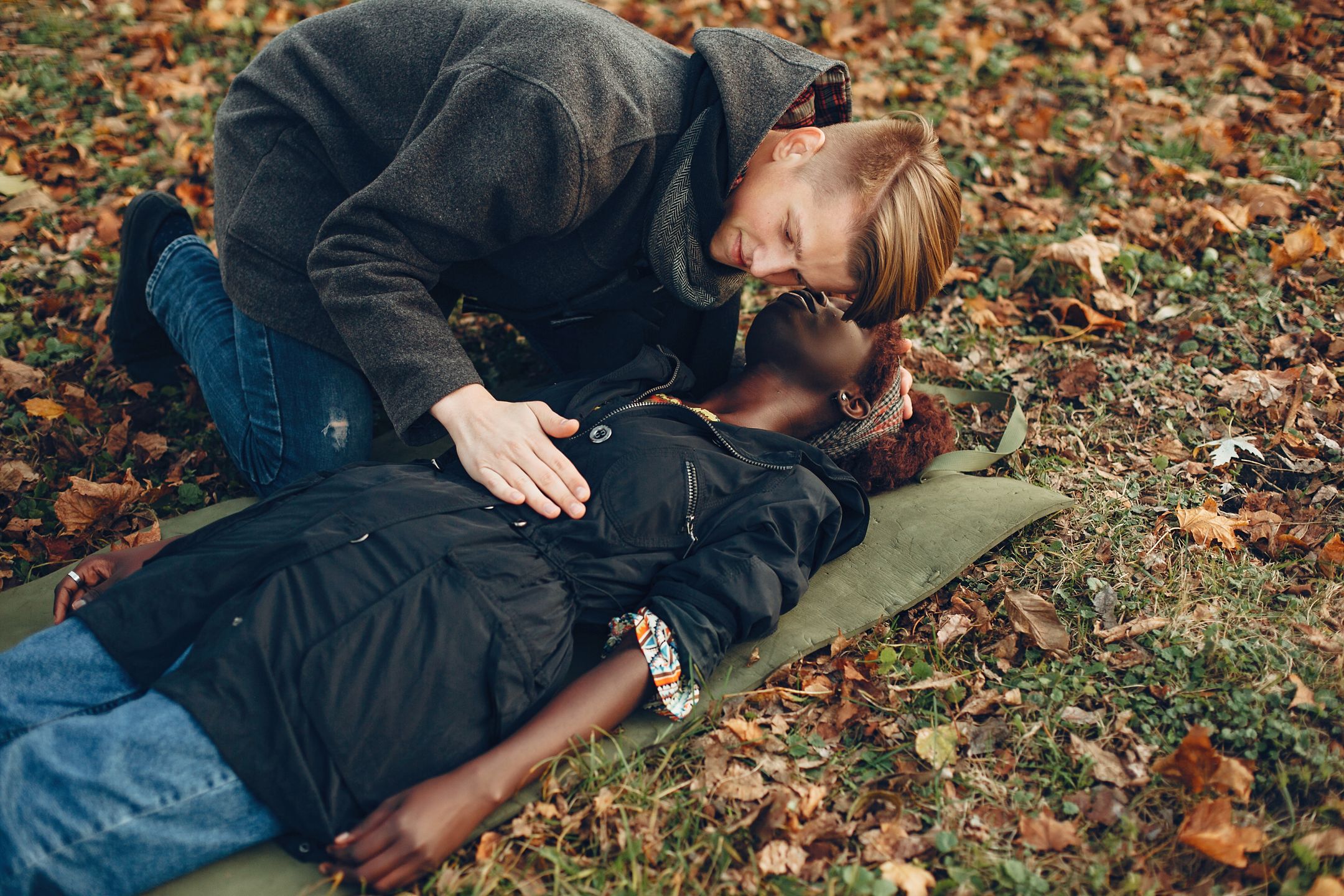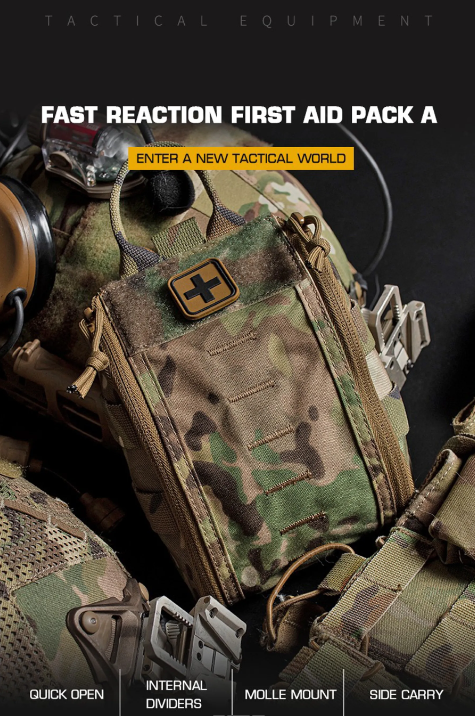
GET A QUOTE
What is the Difference Between Wilderness First Aid and Standard First Aid?
Imagine you're hiking through a remote forest, miles away from the nearest hospital, when suddenly, you or someone in your group gets injured. What do you do? This scenario highlights the importance of understanding wilderness first aid. But how does it differ from the standard first aid we might already be familiar with? In this blog post, we'll delve into the key differences between wilderness first aid and standard first aid, exploring their unique applications, training requirements, and the skills you need to effectively manage emergencies in both urban and remote settings.
Understanding First Aid Basics
Before we dive into the specifics, let's establish a basic understanding of what first aid entails. First aid refers to the immediate care given to a person who has been injured or is suddenly ill, until full medical treatment is available. This could range from simple wound cleaning and bandaging to performing CPR. Standard first aid is generally designed for environments where professional medical help is readily available. However, the wilderness presents unique challenges that necessitate a different approach.
What is Wilderness First Aid?
Wilderness first aid (WFA) is a specialized subset of first aid that focuses on the treatment of injuries and illnesses in remote settings where professional medical assistance is not immediately accessible. These situations often occur during outdoor activities such as hiking, camping, mountaineering, or remote expeditions. The primary goal of wilderness first aid is to stabilize the patient, prevent further harm, and ensure safe transport to a medical facility if necessary.
Key Differences Between Wilderness First Aid and Standard First Aid
1. Environment and Accessibility
Standard First Aid:
- Typically used in urban or suburban settings.
- Medical facilities and professional help are usually minutes away.
- Emergency services can be easily contacted and are expected to arrive quickly.
Wilderness First Aid:
- Used in remote, outdoor settings where help may be hours or even days away.
- Communication with emergency services can be limited or non-existent.
- The environment can be harsh, with varying weather conditions, challenging terrain, and limited resources.
2. Training and Skills
Standard First Aid:
- Training focuses on common injuries and illnesses that occur in everyday life.
- Courses are often shorter in duration, usually between 8-16 hours.
- Skills include CPR, basic wound care, and how to use an AED (Automated External Defibrillator).
Wilderness First Aid:
- Training is more comprehensive, often lasting 16-40 hours or more.
- Emphasizes improvisation with limited resources, long-term patient care, and survival skills.
- Includes techniques for managing injuries such as fractures, dislocations, and hypothermia, as well as methods for safe evacuation.
3. Medical Supplies and Equipment
Standard First Aid:
- Relies on having access to a fully stocked first aid kit.
- Medical supplies are typically abundant and can be replenished quickly.
Wilderness First Aid:
- Necessitates carrying a compact, portable first aid kit tailored for extended use.
- Focuses on improvising with available materials, such as using clothing for bandages or creating splints from natural elements like sticks.
4. Patient Assessment and Care
Standard First Aid:
- Assumes medical help is on the way, so the emphasis is on immediate, short-term care.
- Often involves stabilizing the patient until professionals arrive.
Wilderness First Aid:
- Requires thorough patient assessment to determine the extent of injuries.
- Emphasizes long-term care and monitoring, often under less-than-ideal conditions.
- Decision-making includes considering whether to stay put and await rescue or to initiate an evacuation.
Situational Examples
To better understand these differences, let's consider a few scenarios.
Urban Scenario:
You're at a park in the city, and someone collapses from a heart attack. With standard first aid training, you would check for responsiveness, call 911, start CPR, and use an AED if available. Emergency medical services (EMS) would likely arrive within minutes to take over.
Wilderness Scenario:
You're on a multi-day trek in the mountains, and a fellow hiker breaks their leg. With wilderness first aid training, you would need to assess the severity of the break, create a splint using sticks and clothing, manage pain, prevent shock, and decide whether you can safely evacuate the person or if you need to send for help, understanding that it might take hours or even days for rescue to arrive.
Importance of Each Type of First Aid
Standard First Aid:
- Essential for everyday settings where accidents and health emergencies can occur.
- Equips individuals with the knowledge to handle common incidents, thereby improving the chances of survival and recovery until professional help is available.
Wilderness First Aid:
- Critical for outdoor enthusiasts, adventurers, and those who spend significant time in remote areas.
- Provides the skills and confidence to manage emergencies in isolated locations, which can be lifesaving when professional help is not readily accessible.
Conclusion
While both wilderness first aid and standard first aid aim to provide immediate care during medical emergencies, their applications, training, and execution vary significantly due to the differing environments in which they are used. Standard first aid is suitable for urban settings with quick access to medical facilities, while wilderness first aid is indispensable for handling emergencies in remote and challenging outdoor environments.
To be fully prepared for any emergency, it's crucial to have the right equipment on hand. That's why we recommend the RisenMedical Individual First Aid Kit (IFAK). Designed with both wilderness and standard first aid scenarios in mind, the RisenMedical IFAK is compact, durable, and comprehensive. It includes essential supplies for treating a wide range of injuries, ensuring you're ready for anything from a simple cut to a more serious injury requiring extended care. Stay prepared, stay safe, and confidently tackle any emergency with RisenMedical.


